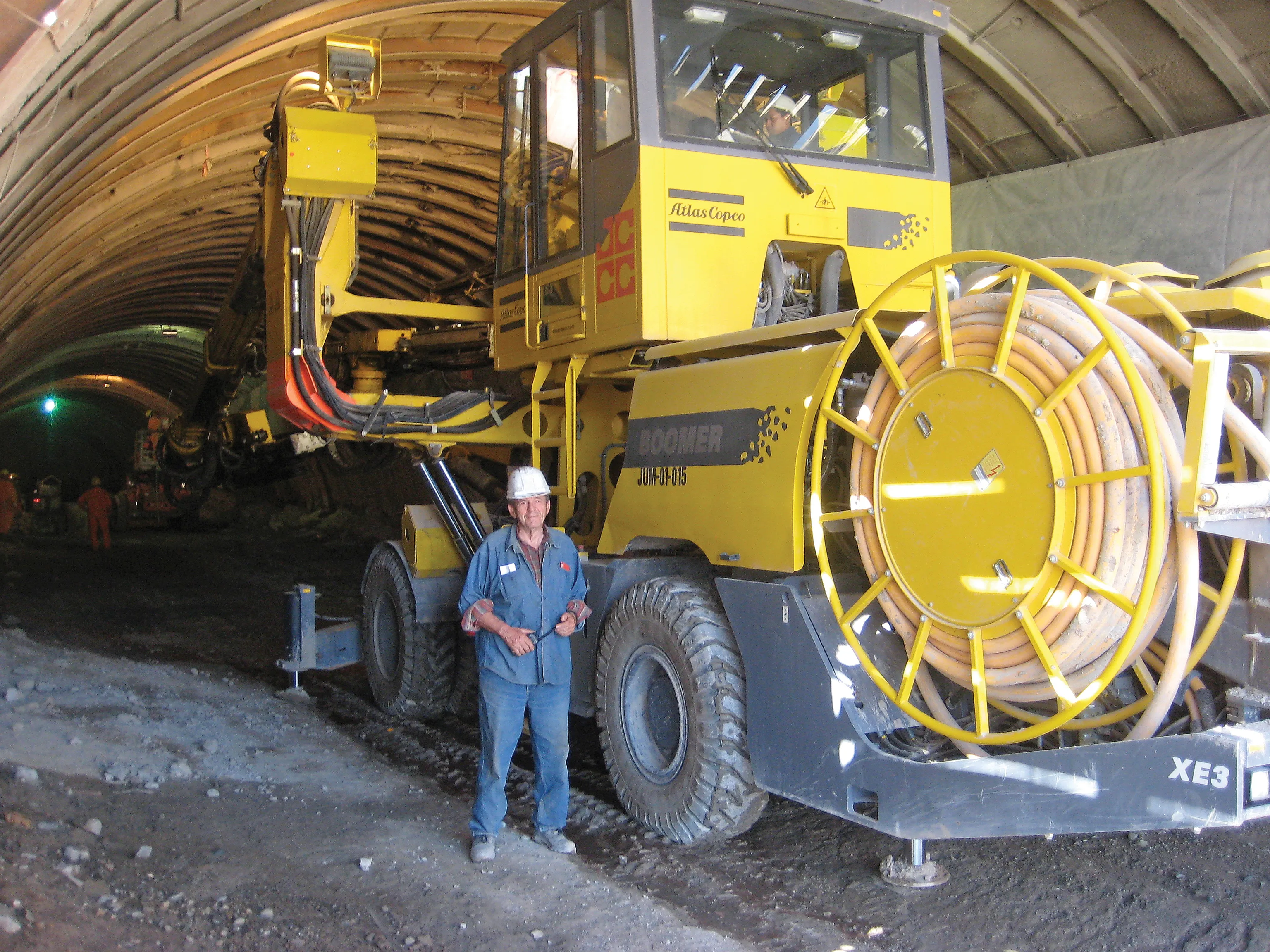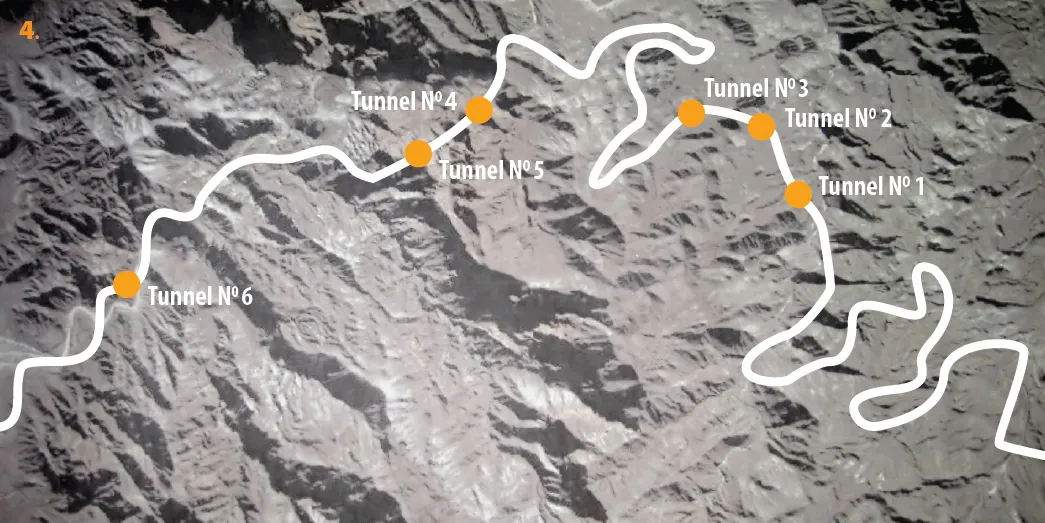TrafficLand has sealed an agreement with the Texas Department of Transportation (TxDOT) for access to video imagery from the state’s traffic camera network. The agreement gives TrafficLand access to video imagery from more than 1,600 TxDOT traffic cameras located across Texas, including along primary transport routes around Houston, San Antonio, Dallas, Austin, Ft. Worth and El Paso. TrafficLand will access TxDOT’s network video imagery through the state’s C2C data access portal. Similar to arrangements th
July 30, 2013
Read time: 2 mins
TrafficLand will access TxDOT’s network video imagery through the state’s C2C data access portal. Similar to arrangements the company has with over 55 DOTs, serving 203 markets across the US, TrafficLand deploys its equipment to upload the video imagery to a fortified data centre, where it is formatted for distribution to a wide range of end users and mass audiences.
Under the agreement, TrafficLand is able to offer the traffic camera video imagery in the services it markets to public safety, media and other commercial clients, as well as provide it to commuters for free on its public website.
“This partnership with TxDOT adds an important missing piece to our national traffic video network and brings significant value to TrafficLand, partners like Garmin and TomTom and the end users that access our network video,” said Lawrence Nelson, CEO of TrafficLand.








